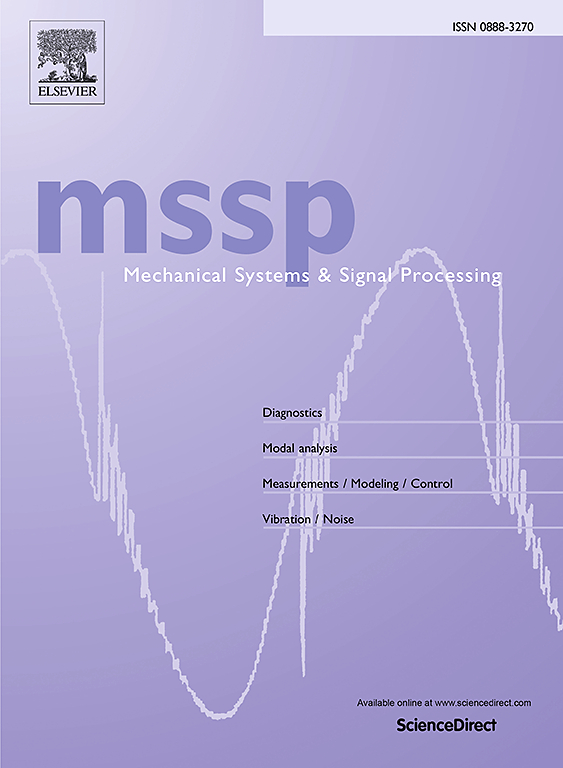A novel vision-based dynamic identification method for coupler yaw angle of heavy-haul train through Separated Attention and Track Enhancement network
IF 7.9
1区 工程技术
Q1 ENGINEERING, MECHANICAL
引用次数: 0
Abstract
The coupler yaw angle (CYA) is an important indicator for assessing the safety and stability of heavy-haul train operation. Therefore, dynamic monitoring of CYA is crucial for ensuring the safe operation of the trains. However, the frequent and intense vibrations at the coupler during train running greatly affect the service life of the measuring device, leading to the instability of long-term monitoring of existing contact measurement methods. To address this issue, we first propose a novel vision-based dynamic identification method for heavy-haul train coupler yaw angle (CYA). Firstly, to solve the problem of cameras being affected by dazzling and dark lighting conditions when entering or exiting tunnels, we propose a data augmentation method tailored to the train running environment. Secondly, to address the issue of the target pins on the coupler being obscured by bolts, as well as the problem of false detection caused by external cables interfering, we combine the Separated and Enhancement Attention Module with a ByteTrack tracking method to propose a novel network structure named Separated Attention and Track Enhancement Network (SATE-Net). Furthermore, we propose a high-precision calibration method to calculate the final CYA value. Field tests are conducted to confirm the stability and accuracy of the proposed method in the quantitative identification of CYA.
求助全文
约1分钟内获得全文
求助全文
来源期刊

Mechanical Systems and Signal Processing
工程技术-工程:机械
CiteScore
14.80
自引率
13.10%
发文量
1183
审稿时长
5.4 months
期刊介绍:
Journal Name: Mechanical Systems and Signal Processing (MSSP)
Interdisciplinary Focus:
Mechanical, Aerospace, and Civil Engineering
Purpose:Reporting scientific advancements of the highest quality
Arising from new techniques in sensing, instrumentation, signal processing, modelling, and control of dynamic systems
 求助内容:
求助内容: 应助结果提醒方式:
应助结果提醒方式:


